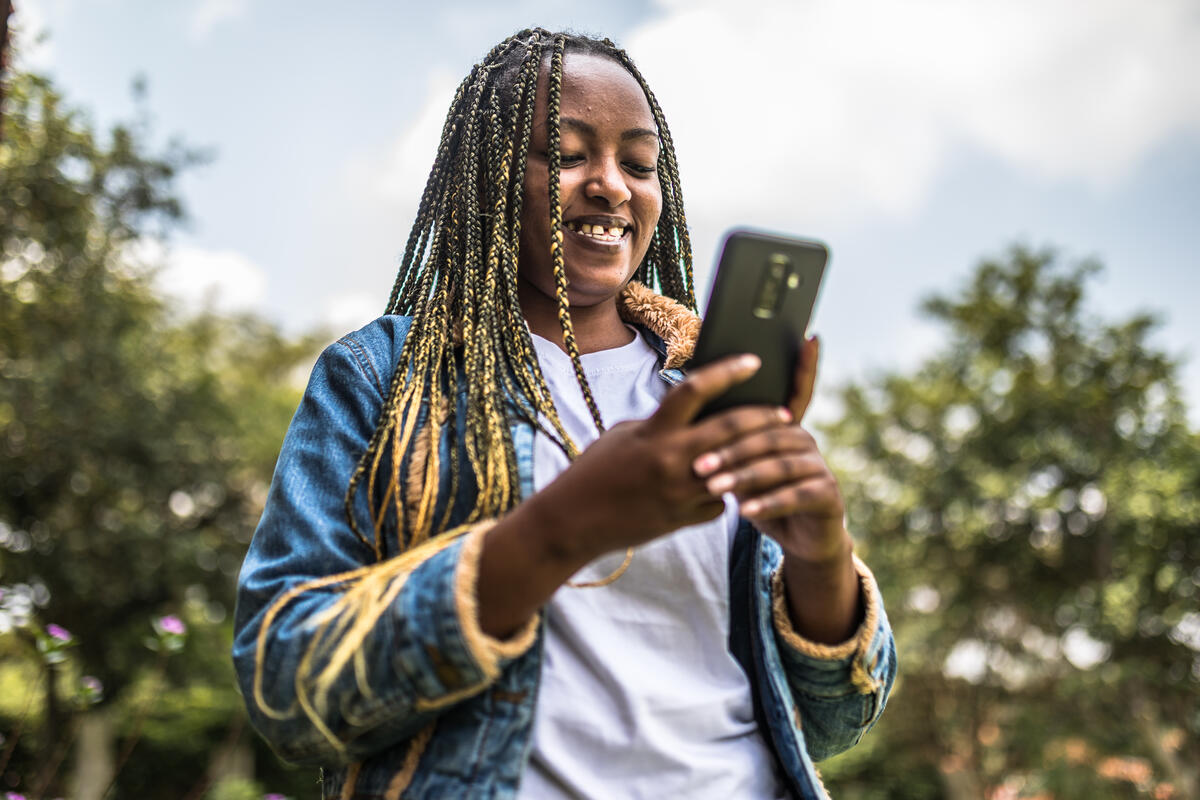August 12, 2024
Youth Leadership and Pandemics
By Mark P. Lagon and Berenice Cerra
Even with significant progress in fighting AIDS, tuberculosis (TB) and malaria, these diseases still present major public health threats, particularly to youth. There are also geographic and gender disparities associated with these diseases: If you are between 10 and 24 years old in low-and middle-income countries, you could be one of the 1.8 million people (equivalent to the population of Idaho or West Virginia) who develop TB annually, leading to long-term disruptions in education, careers and family life. In 2022, about 1.65 million individuals between the ages of 10 and 19 were living with HIV across the globe. However, if you are an adolescent girl, you are 80% more likely to test positive for HIV. After HIV/AIDS, malaria is the second leading cause of death and illness among younger adolescent girls in certain parts of Africa. Adolescent girls and young women are at greater risk from malaria than other demographic groups as, for instance, malaria ranks eighth in terms of causes of death and fifth in causes of illness among all adolescent girls in Sub-Saharan Africa.

It’s crucial to involve young people in finding solutions to the HIV epidemic. Despite being the most affected by HIV, young people are often not consulted or listened to on matters of sexual health and HIV. Stigma, discrimination and gender inequality make it difficult for young women to protect themselves from HIV. Additionally, youth face barriers such as laws, customs and social structures that limit their access to HIV prevention education. In West and Central Africa, over 300 teenagers get infected with HIV every week, with many being unaware of their status. Being aware of one’s status is crucial for receiving treatment and other necessary healthcare services. Furthermore, Africa is seeing a “youth bulge,” with young people across the continent expected to represent one-third of those aged 15-24 worldwide by 2050. The substantial increase in the number of young people at risk of HIV complicates the progress made against the epidemic.
Among Latin American and Caribbean young people, girls, adolescents and women in the region continue to be the most affected by the HIV epidemic due, in part, to gender inequalities (such as to negotiate safe sex), poverty in communities located far from health centers and the lack of access to HIV prevention and sexual and reproductive health programs. According to UNICEF, less than 25% of youth have access to an HIV test, and access to sexual and reproductive health services for adolescents is scarce.
The problem shouldn’t only be framed as what others can do to protect young people. Winning the battle against HIV/AIDS requires that young people become leaders in the response. National programs and development partners should promote the participation of the various interrelated groups that make up youth (young girls, LGBTQ+ youth, adolescents who have dropped out of school, migrant/refugee youth and other groups) to incorporate informed approaches that are tailored to each group. For example, as some young people across the continent are afraid to go to their local health center for HIV screening for fear of being recognized or stigmatized, they can turn to more informal structures, such as youth associations, which can help them obtain self-tests for use at home.
In Togo, a group of activists living with HIV have been working with the Global Fund’s multistakeholder Country Coordinating Mechanism since 2022, partnering with UNAIDS to build the committee’s capacity through national consultations for 2023-2025. The goal was to involve representatives of youth organizations as active participants and to provide support for youth to learn about their human rights and the need to be involved in developing public policies.
In Latin America, during the 2024 meeting of the Forum of Latin American and Caribbean Countries on Sustainable Development, various youth delegations participated in the debate to address the economic, social and environmental challenges facing the region. The youth forum allowed networking among multiple youth organizations and critical development partners, promoting strategic alliances and future collaboration.
These examples reveal the necessity for youth to have an authentic voice in HIV/AIDS, malaria and TB policies. The Global Fund is working strategically to enhance young people’s essential contribution as agents of accelerating progress in ending these diseases. Indeed, the more a country, a culture or a program excludes affected communities from decision-making on health–and HIV, TB and malaria in particular–the more frequently the diseases spread and persist.
We need more targeted investments in medications; research on how malaria and TB affect youth and how to empower them; youth education on gender equality; human rights and HIV prevention; anti-stigma and anti-discrimination programs; and mechanisms to strengthen youth-led organizations’ leadership and institutional capacity. Improving young people’s participation and influence worldwide also requires the youth in Africa, Latin America, Asia and elsewhere to connect and collaborate with each other across regions. Transnational networks of the next generation of leaders in low- and middle-income countries have the opportunity to advance gender equality, human rights and inclusion. A better future in which HIV/AIDS, TB and malaria are no longer epidemics depends on it.
Mark P. Lagon is Chief Policy Officer at Friends of the Global Fight Against AIDS, Tuberculosis, and Malaria. Berenice Cerra is an Argentinian human rights lawyer and former Georgetown University O’Neill Institute Health Law Professional (HELP) Fellow at Friends.
